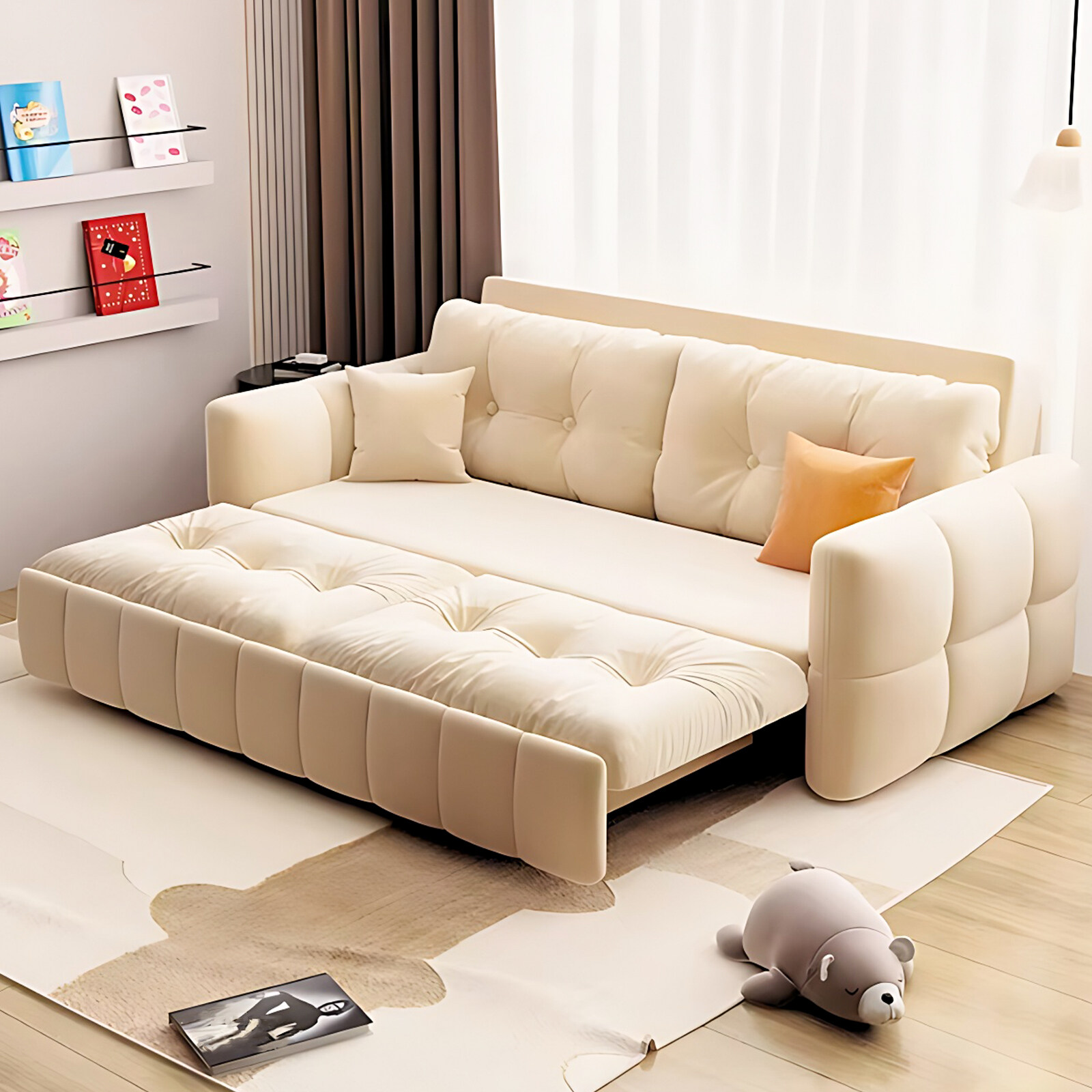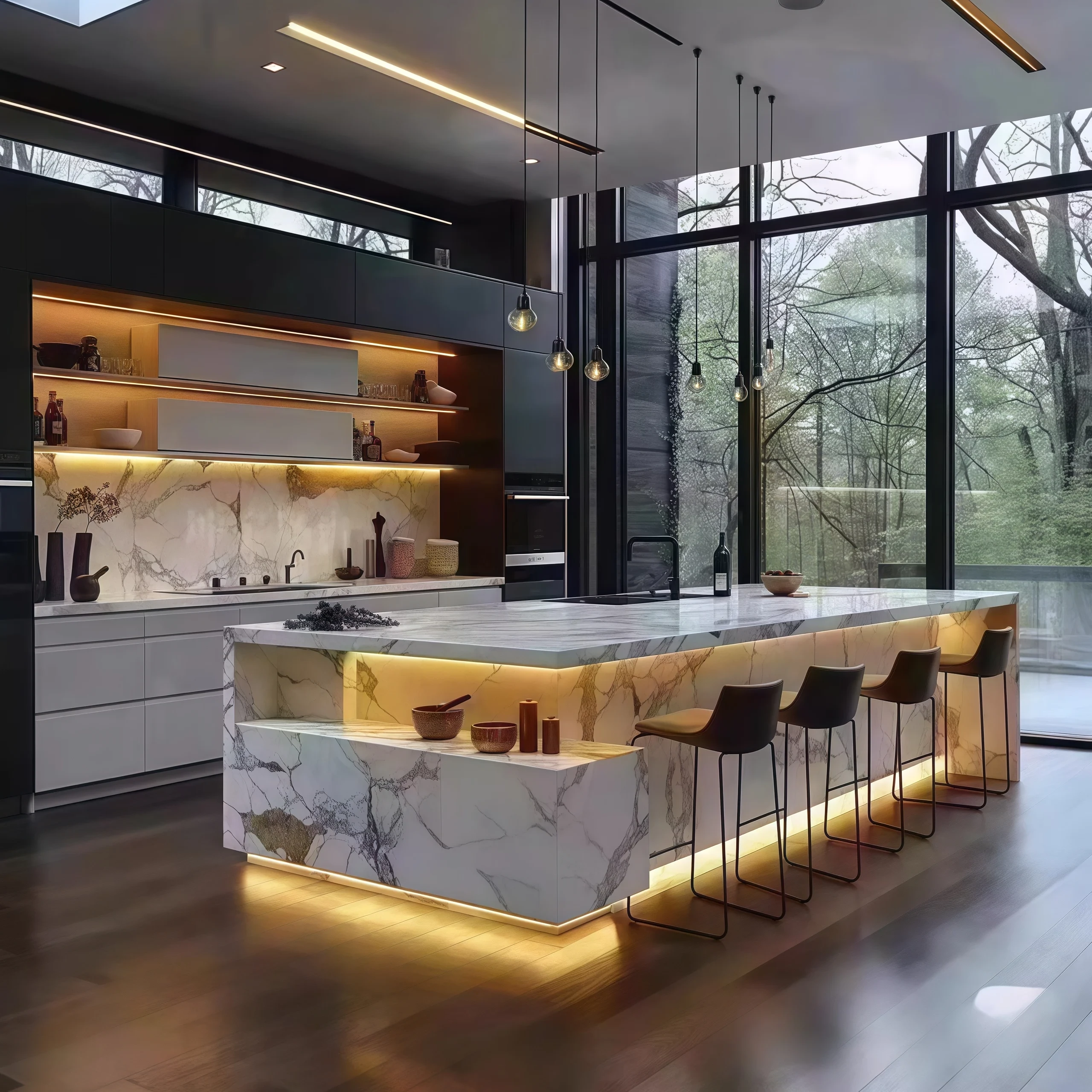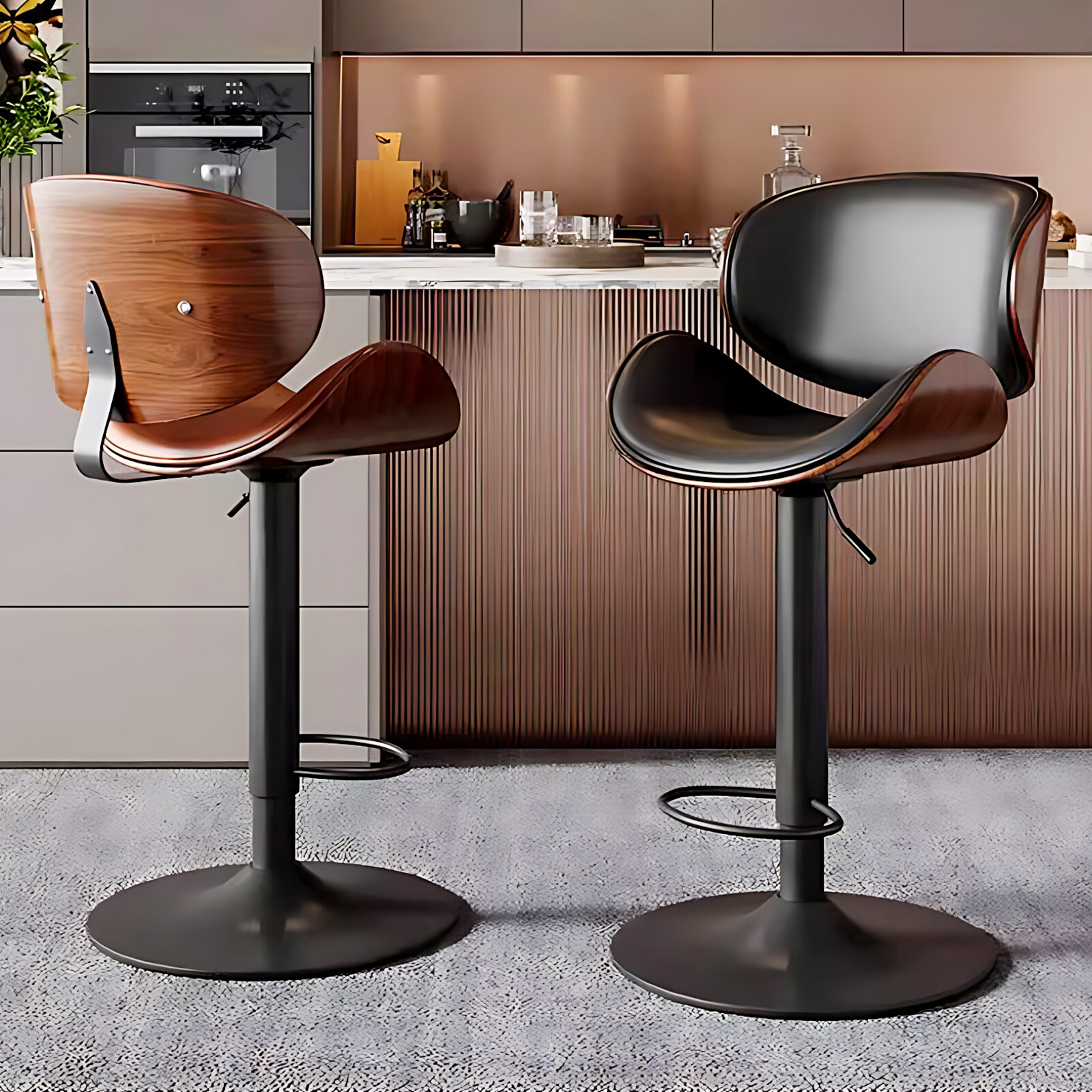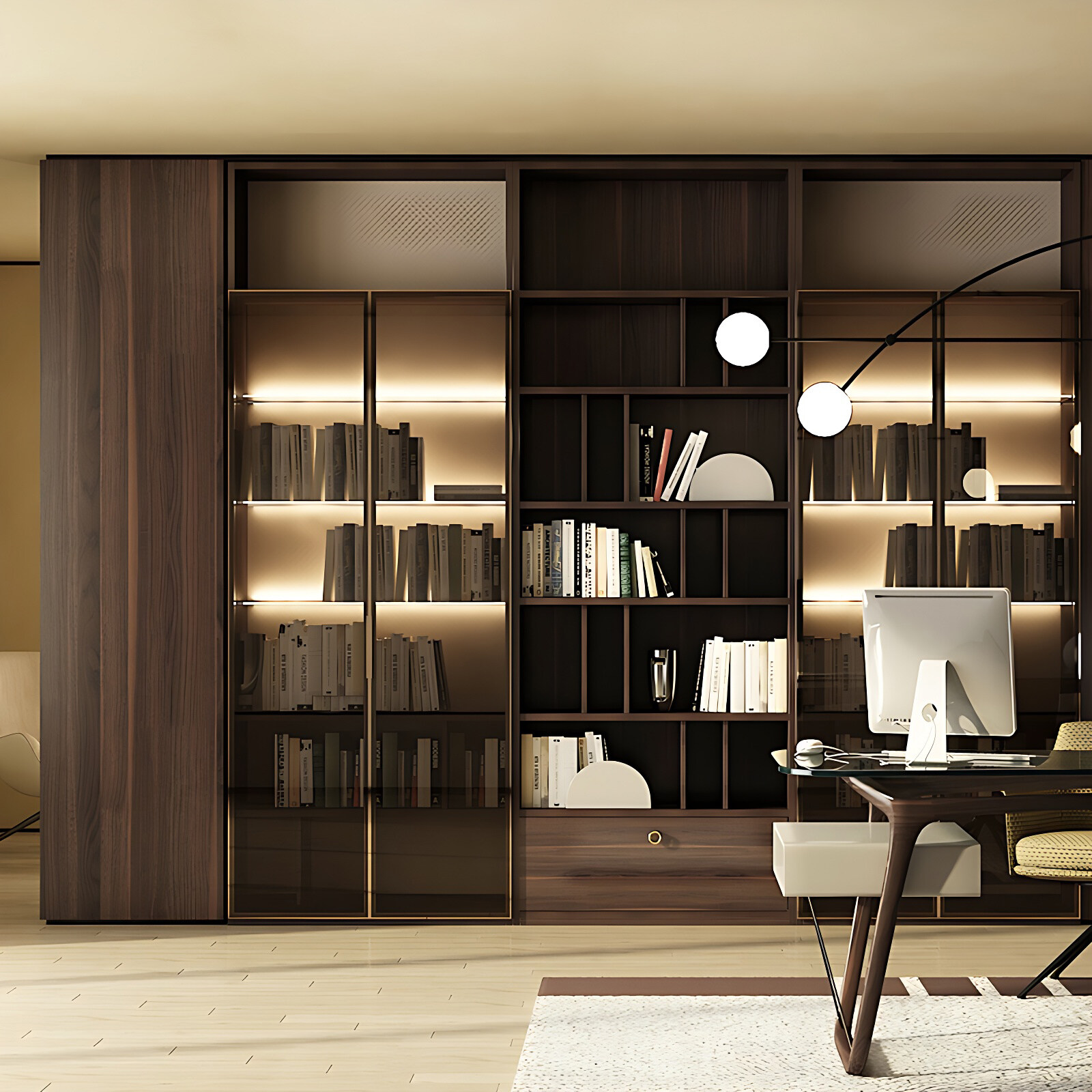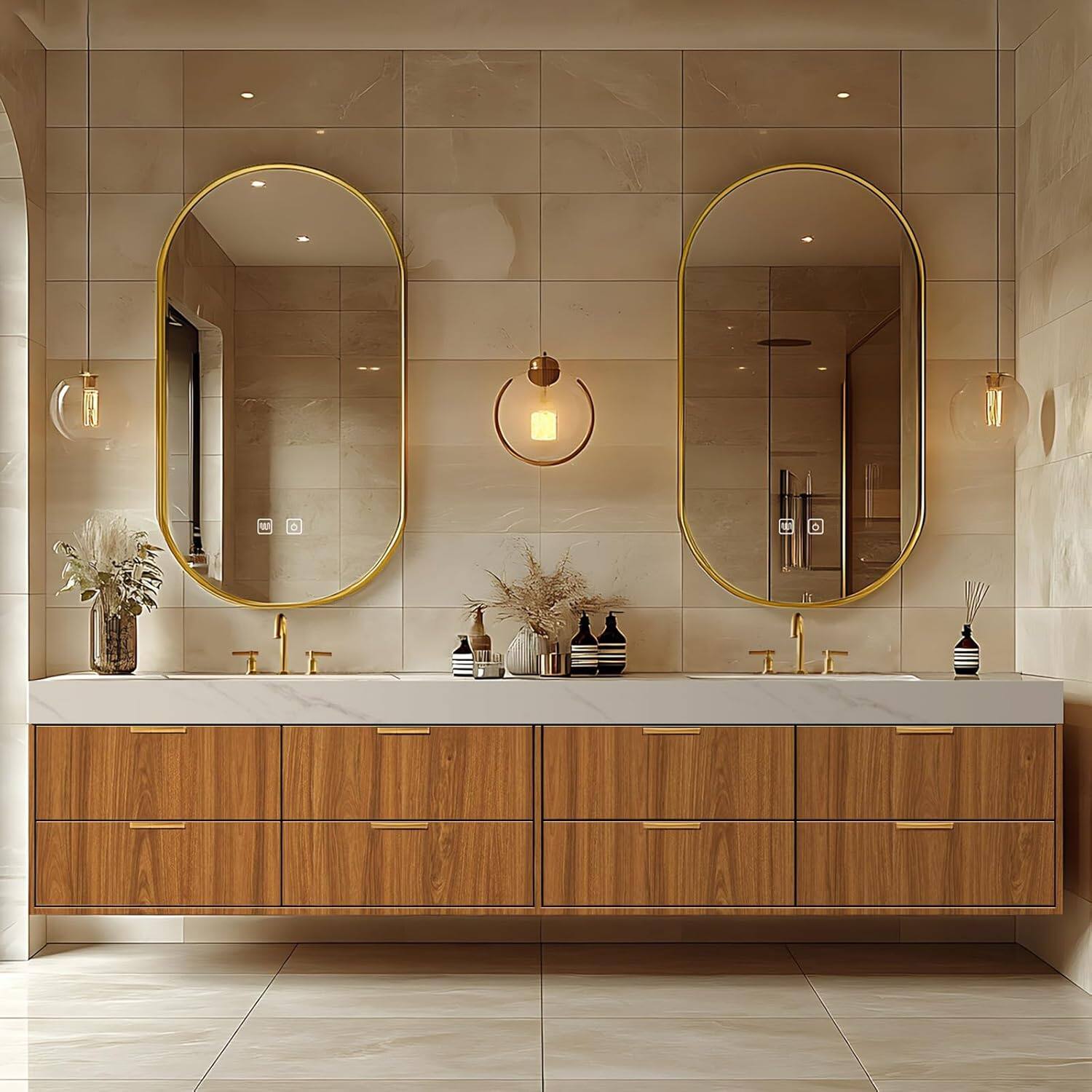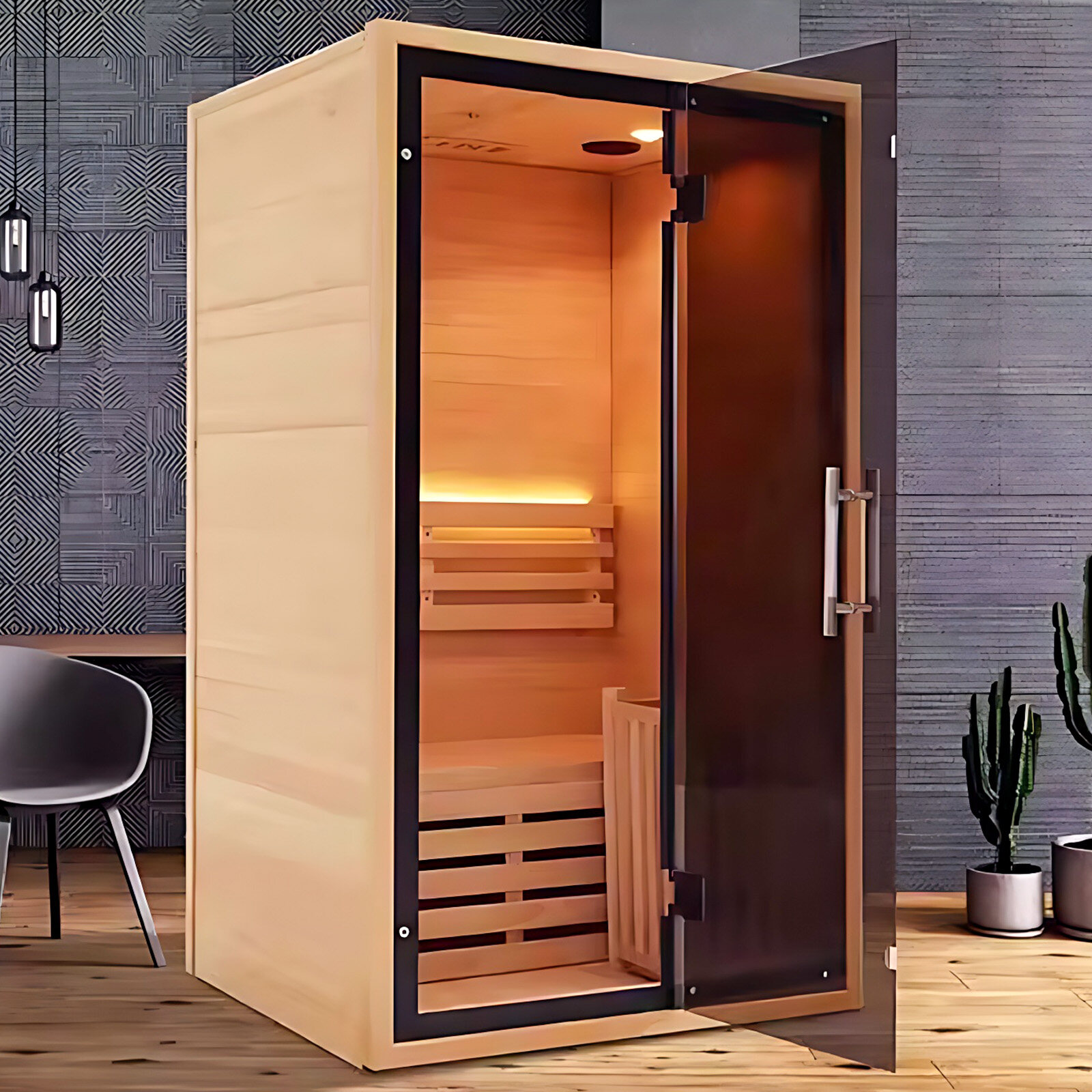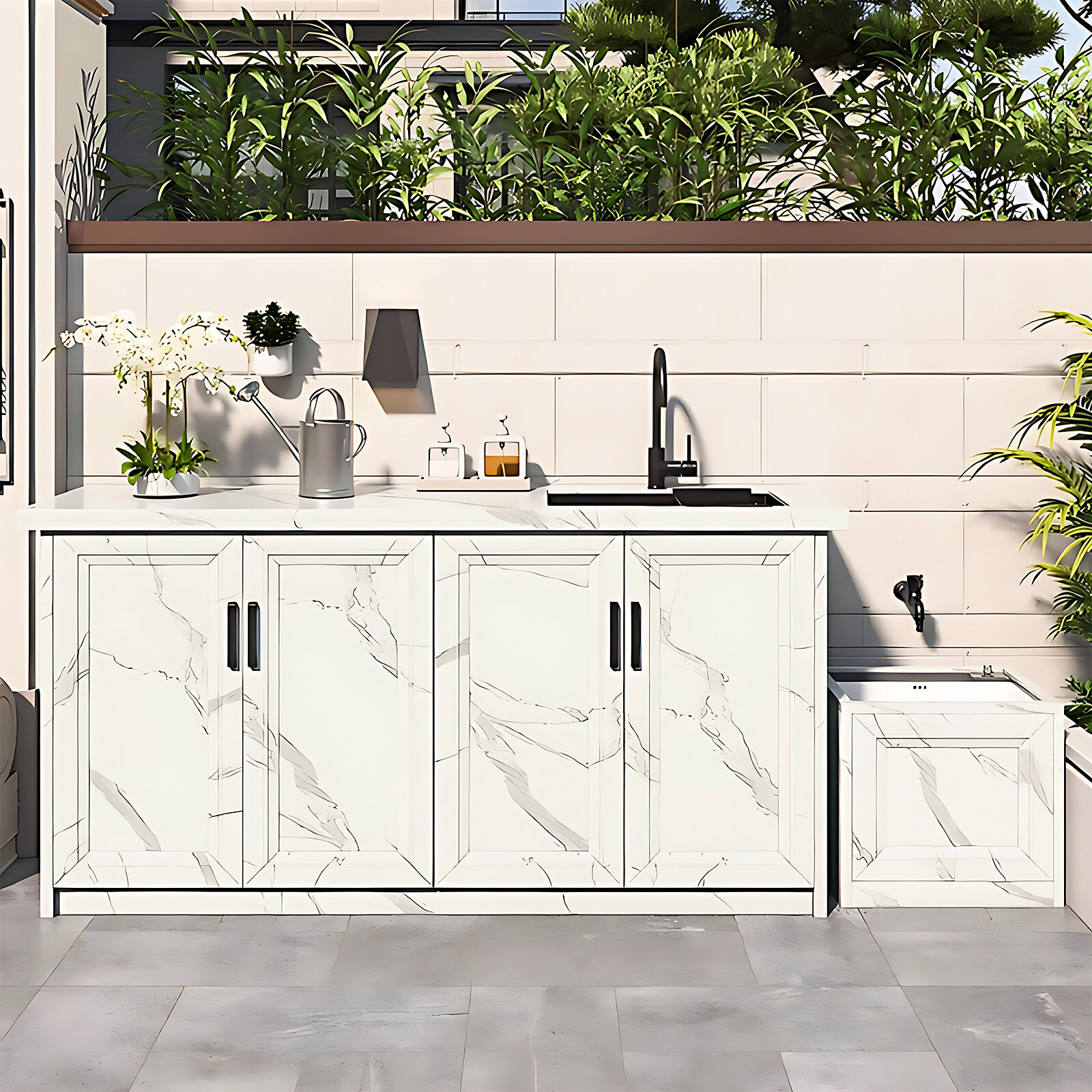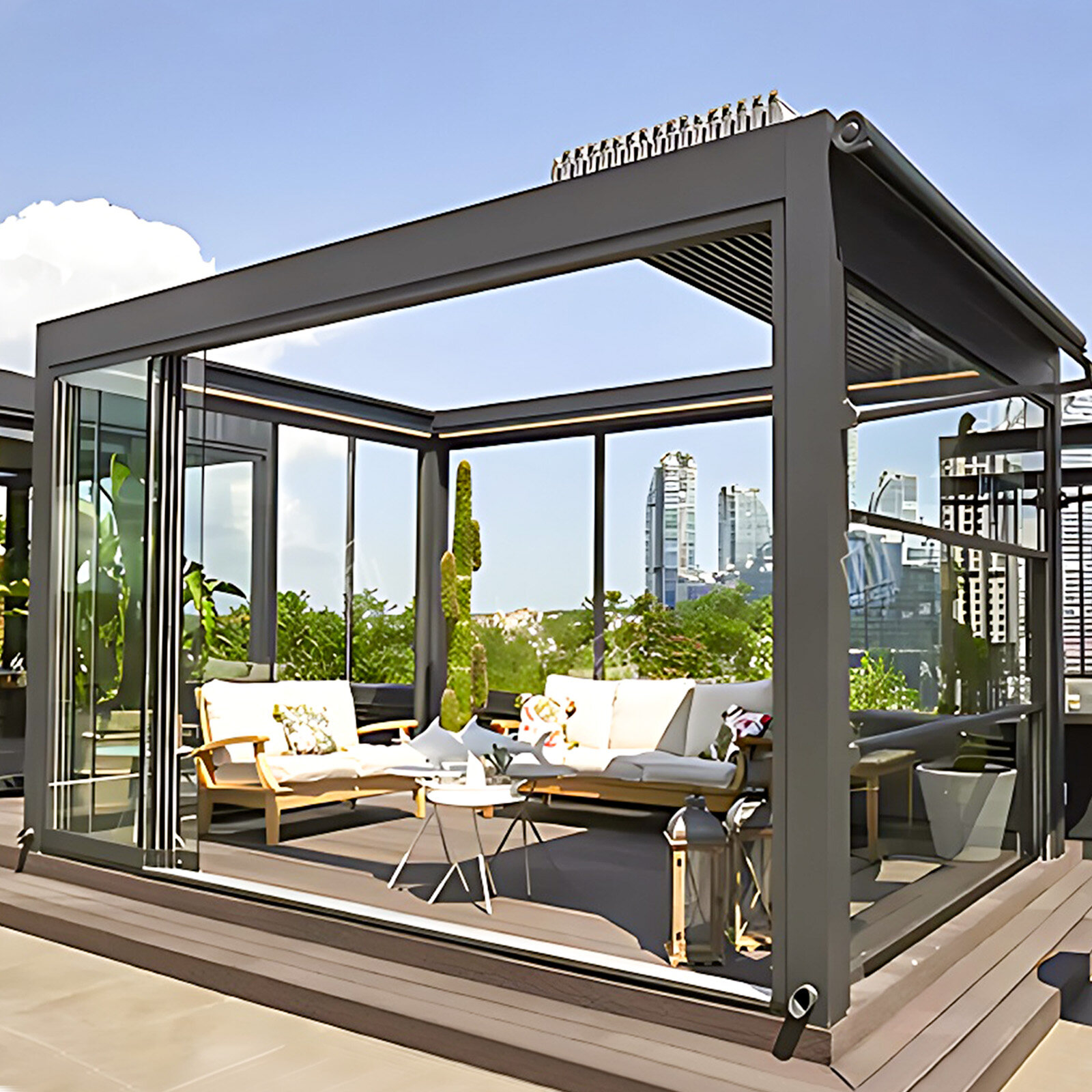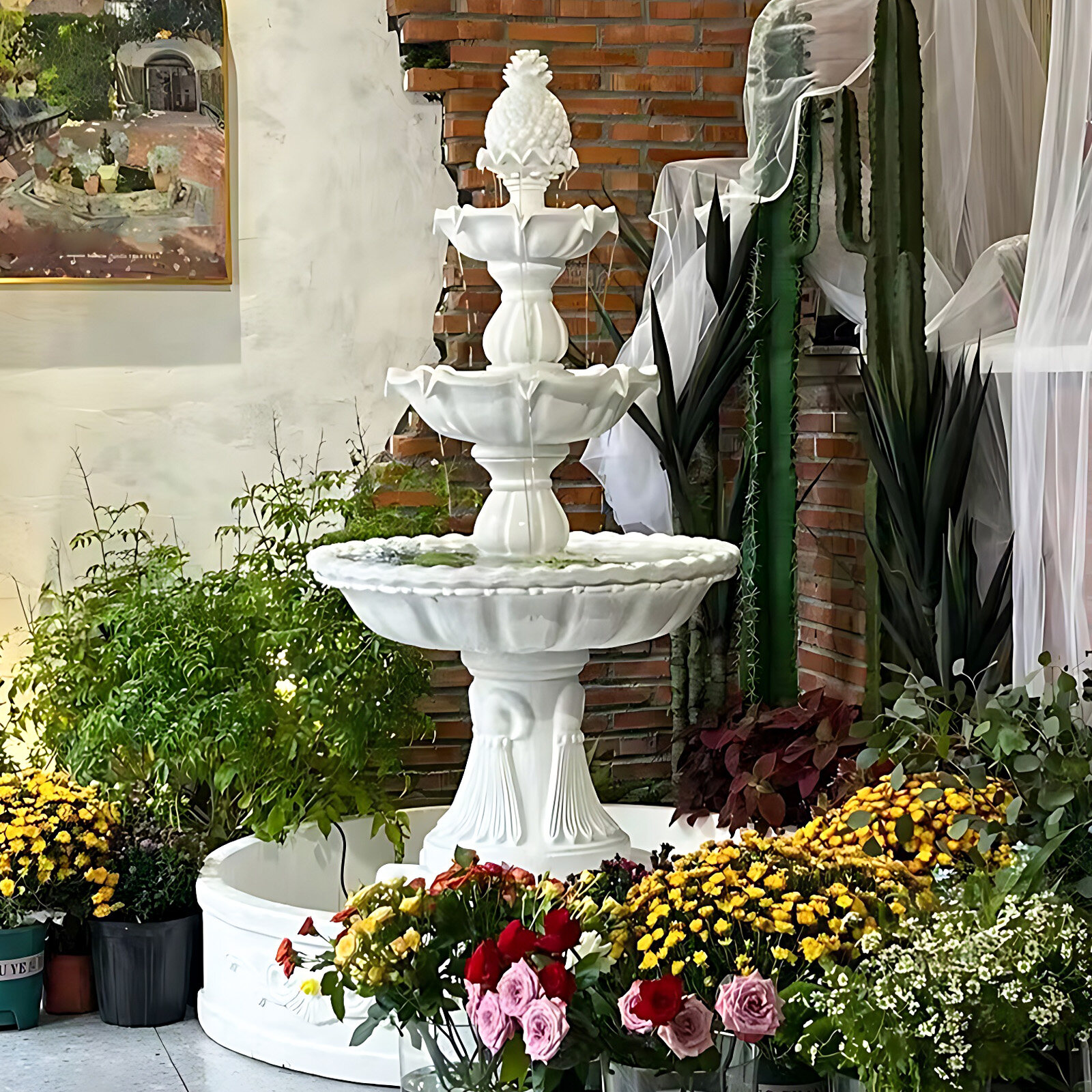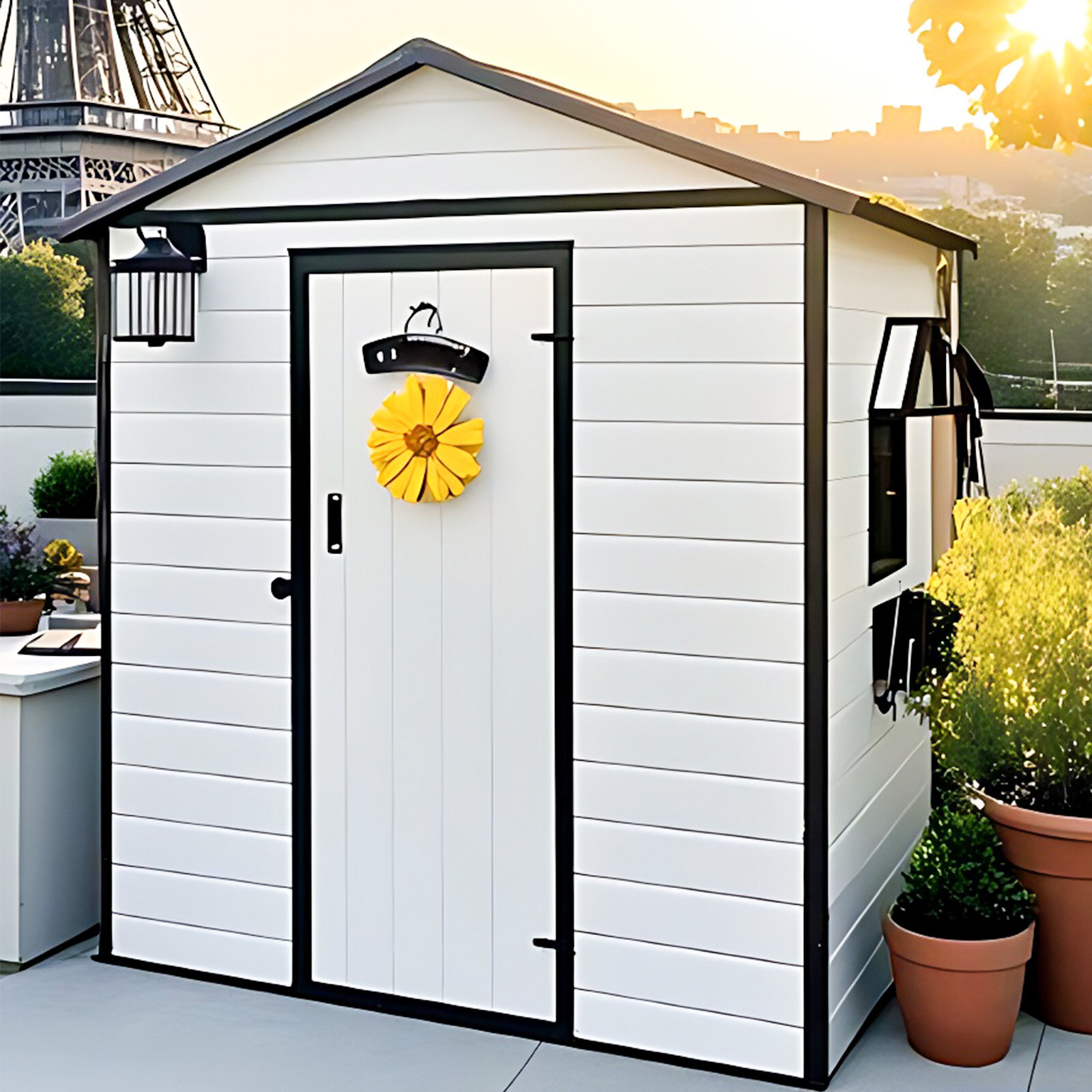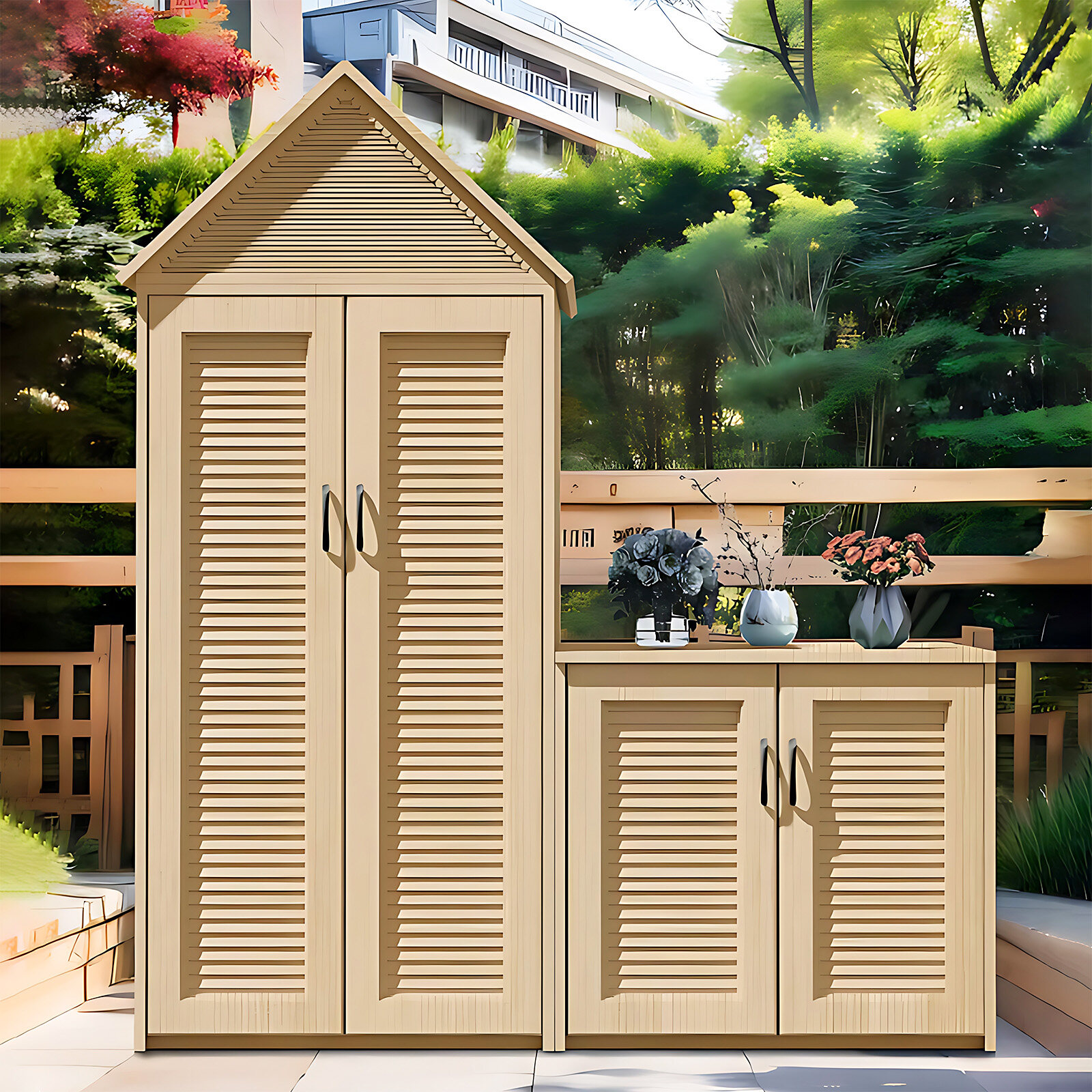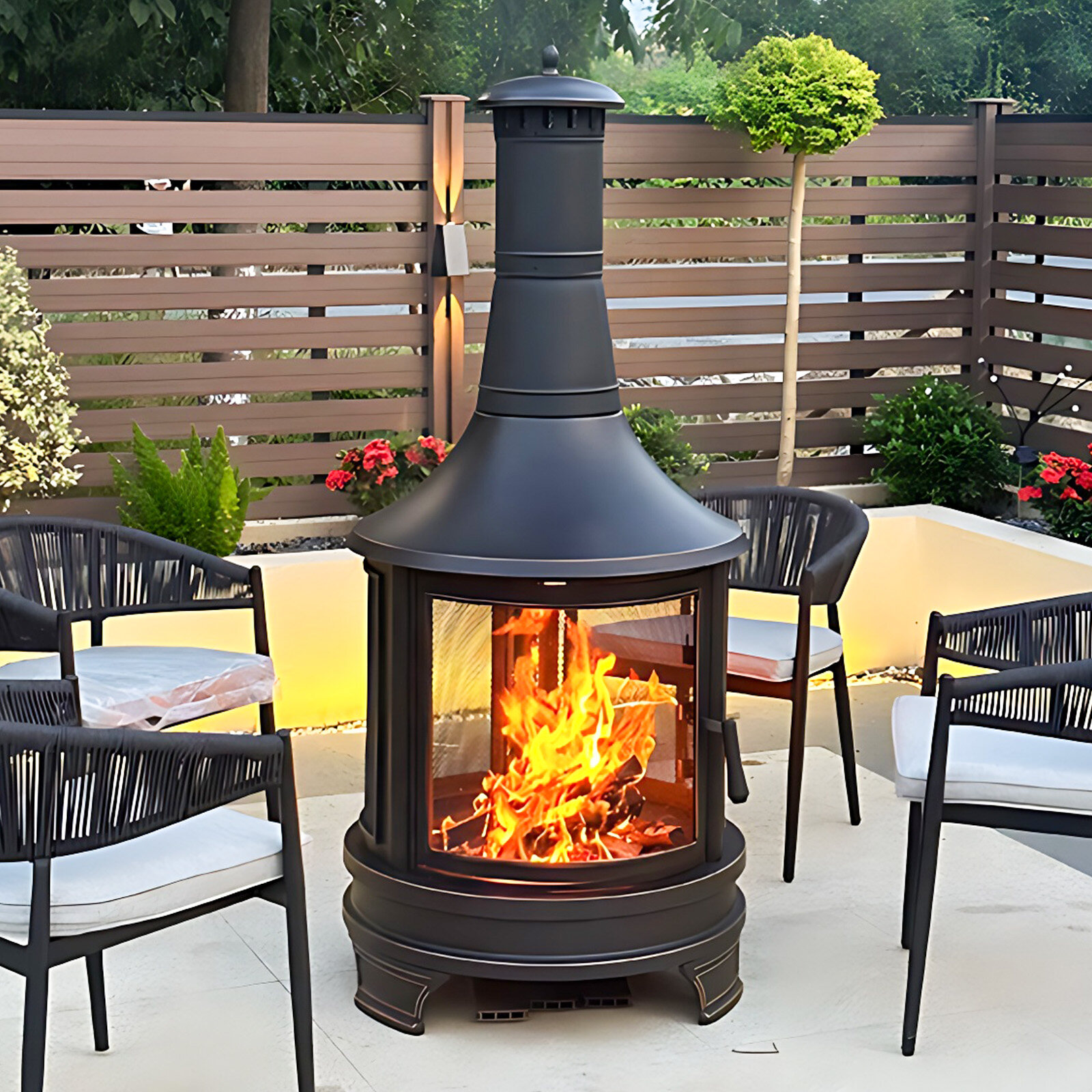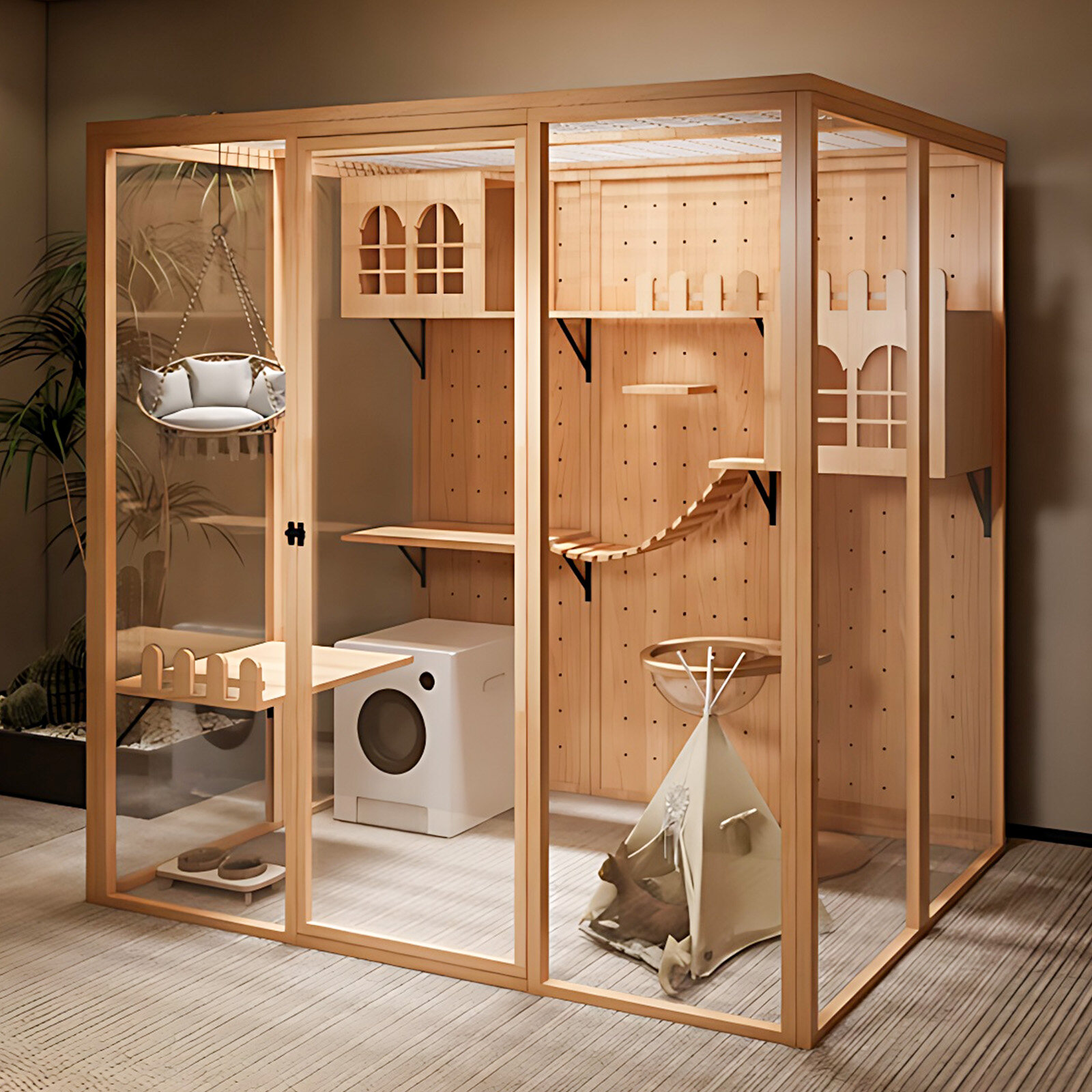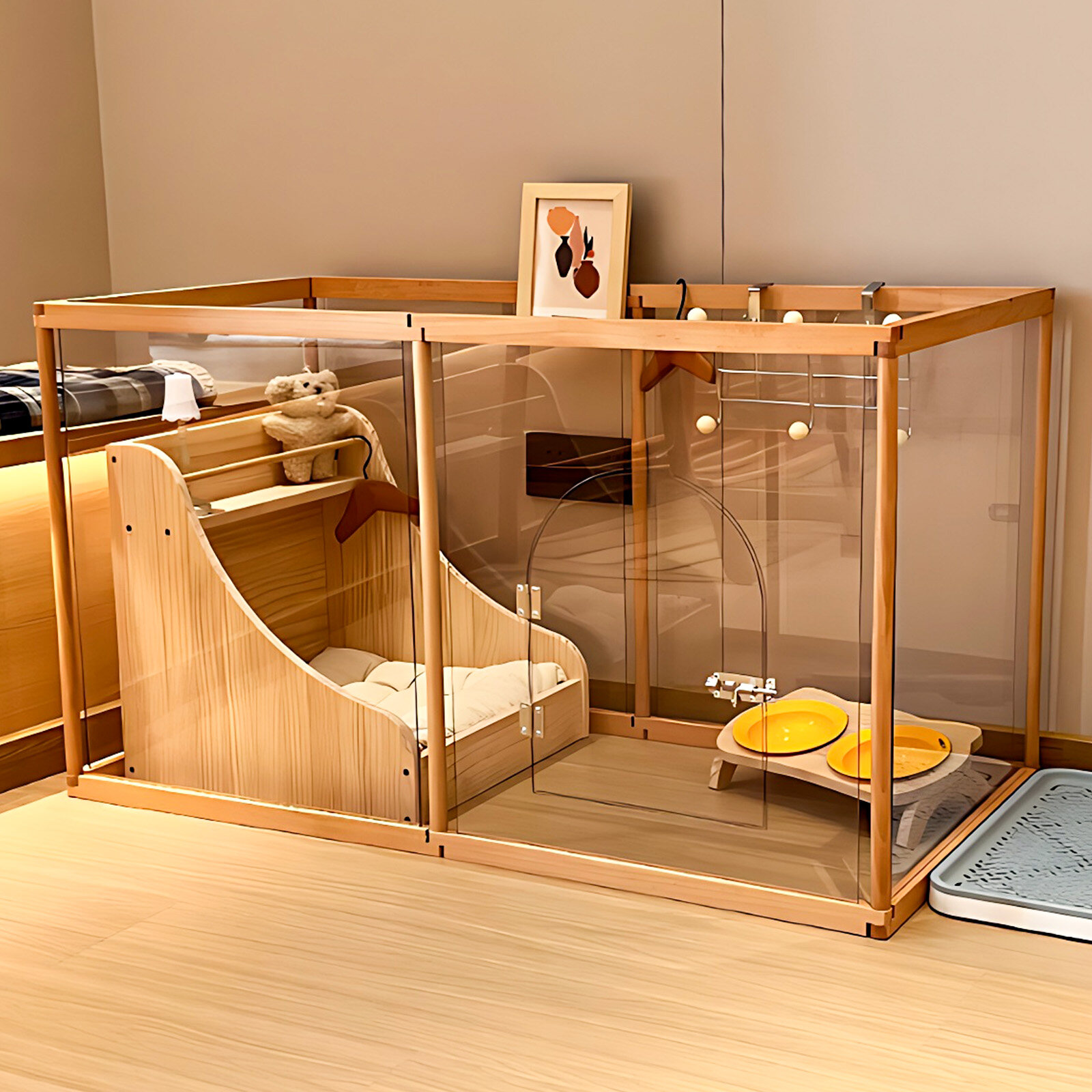The English cottage garden is an iconic, timeless style that evokes romance, nostalgia, and natural charm. Known for its lush, informal planting schemes, vibrant colors, and cozy, residential feel, it has been a favorite among gardening enthusiasts for centuries. With its roots in practicality and beauty, the cottage garden is synonymous with the English countryside. In small, enclosed spaces, residents grow a variety of flowers, herbs, vegetables, and fruits. Over time, this utilitarian style has evolved into a beloved aesthetic that celebrates abundance, biodiversity, and connection to nature.
If you’ve dreamed of reinventing your outdoor space to resemble a quintessential English cottage garden, you’ve come to the right place. Below, we’ll explore 10 inspiring ideas to help you create a garden that’s both charming and personal. From plant selection to structural elements, these tips will guide you in creating a space that’s both practical and beautiful.
1. Embrace informal, exuberant plantings
At the heart of English cottage gardens is their informal, almost wild planting style. Unlike formal gardens with rigid symmetry and manicured lawns, cottage gardens are more about abundance and spontaneity. Plants are free to spill out onto paths, interweaving with each other and growing in a natural, organic way.
How to achieve this:
1. Mix heights and textures: Mix tall, thorny plants like foxgloves and delphiniums with low-growing groundcovers like creeping thyme or collards. Add medium-height plants like roses, lavender, and sage for balance.
2. Avoid straight lines: For a more natural look, plant in rows or clusters rather than in rows. Let plants self-sow to enhance the natural feel.
3. Go for a classic country style: Choose traditional country garden plants like hollyhocks (Althaea), peonies, phlox and sweet peas. Not only are these plants beautiful, they are hardy and easy to grow.
By taking this easy approach, your garden will be full of life and change, with new flowers and textures emerging as the seasons change.
2. Add fragrant flowers and herbs
One of the joys of a cottage garden is the sensory pleasure it brings. Fragrant flowers and herbs add a sense of pleasure, inviting visitors to stop and enjoy the fragrance of the garden. Historically, fragrant plants have been planted in cottage gardens for both practical and aesthetic reasons, as many herbs are used for culinary, medicinal and domestic purposes.
How to achieve this solution:
1. Plant fragrant flowers: Include classic flowers such as roses, lavender, honeysuckle and jasmine. Sweet peas and violets (Matthiola) are also good choices because they emit a sweet and fragrant aroma.
2. Add herbs: Plant rosemary, thyme, sage and mint near paths or seats, so that they can emit bursts of fragrance when gently touched. Chamomile and lemon balm are also good choices.
3. Consider scent at night: For evening enjoyment, plant night-scented flowers such as tobacco (flowering tobacco) or evening primrose (Oenothera biennis).
Place aromatic plants near entryways, windows or seating to maximize their effectiveness. Not only do they enhance the garden’s appeal, they also attract pollinators such as bees and butterflies.
3. Create cozy, defined spaces with hedges and fences
Cottage gardens often feel private and enclosed due to the use of hedges, fences and walls. These structural elements define the boundaries of the garden, create a sense of privacy and provide a backdrop for lush plantings. They also add a timeless, fairytale quality to the garden.
How to achieve this solution:
1. Use natural materials: Choose a wooden picket fence, hedge or a rustic stone wall. These materials blend perfectly with the casual style of the garden.
2. Plant hedges: Low boxwood (Buxus) or yew (Taxus) hedges can define paths or borders, while taller hedges such as beech (Fagus sylvatica) or hawthorn (Crataegus) provide privacy.
3. Add climbing plants: Soften fences and walls with climbing plants such as clematis, climbing roses or ivy. These plants can add vertical interest and enhance the lush, lively feel of the garden.
By enclosing your garden, you will create a cozy, secluded space that feels like a private retreat - a hallmark of cottage garden style.
4. Incorporate traditional garden features
Cottage gardens are full of charming, old-world charm that adds character and practicality. These elements often reflect the garden's historical roots and are both practical and beautiful.
How to achieve this solution:
1. Add a garden gate: A wooden or wrought iron gate, preferably with an arched top, adds a warm atmosphere. Plant climbing plants such as roses or clematis over the door for added charm.
2. Incorporate water features: A small basin, stone trough or simple fountain can become a focal point and attract wildlife. Water features should be kept rustic and low-key to fit in with the overall style of the garden.
3. Use garden ornaments: Vintage items such as weathered urns, old watering cans or stone statues can add personality. Avoid modern or overly ornate ornaments as they will look out of place.
Even in a newly designed space, these traditional features will enhance the authenticity of the garden and create a sense of history.
5. Mix flowers, fruits and vegetables
Historically, cottage gardens were not purely ornamental spaces - they were also productive spaces, with flowers, fruits and vegetables growing side by side. The mixture of edible plants and ornamental plants is a feature of this style, adding to its charm and practicality.
How to achieve this plan:
1. Plant edible flowers: Edible flowers such as nasturtiums, pansies and marigolds can be used in salads or as decoration.
2. Grow fruits and vegetables: Plant strawberries, rhubarb and gooseberries next to flowers. Climbing beans, peas and even pumpkins can add vertical interest to your plants.
3. Use companion plants: Pair mutually beneficial plants, such as pairing marigolds with tomatoes to repel pests, or chives with roses to repel aphids.
By mixing edibles with ornamentals, you’ll create a garden that’s both beautiful and practical – truly in the spirit of a cottage garden.
6. Add vertical interest with climbers and arbors
Cottage gardens make great use of vertical space, with climbers and arbors adding height and structure. Not only do these designs maximize planting space, they also create a romantic, fairytale atmosphere that enhances the garden’s charm.
How to achieve this solution:
1. Install a pergola or trellis: Build a pergola over a garden gate or path and plant climbing plants such as roses, clematis or wisteria. A trellis can also be used to create a shaded seating area.
2. Use obelisks and trellises: Add wooden or metal obelisks to make it easier for sweet peas or bean plants to climb. Trellis can support climbing plants such as honeysuckle or morning glory.
3. Plant fast-growing climbers: Choose plants that grow vigorously, such as clematis, climbing hydrangea or passionflower, to quickly cover the structure.
Vertical elements add depth and dimension to the garden, making it feel more dynamic and attractive.
7. Create winding paths
Winding paths are a feature of cottage gardens, inviting visitors to explore and discover hidden corners. These paths add to the garden's casual atmosphere and inspire people's desire for adventure.
How to achieve this plan:
1. Use natural materials: Pave the path with crushed stone, bricks or slate to create a rustic country feel. Avoid modern materials such as concrete, which can appear too formal.
2. Soften the edges with plants: Allow low-growing plants like thyme, sweet alyssum or jellyfish to creep over the edges of paths. This not only softens the lines, but also enhances the natural feel of the garden.
3. Keep paths narrow: Paths in cottage gardens are often narrow and winding, encouraging a slower, more leisurely pace.
Winding paths create a sense of mystery and intimacy, making the garden feel larger and more inviting.
8. Celebrate seasonal colors and succession plantings
Cottage gardens are designed to provide a year-round viewing experience, with flowers and colors changing with the seasons. Succession plantings ensure that there is always something in bloom in the garden, keeping it vibrant.
How to achieve this:
1. Spring planning: Plant bulbs like daffodils, tulips and crocuses to get flowers blooming early. You can also plant spring-flowering perennials like primroses and forget-me-nots.
2. Summer focus: Summer is the peak season for cottage gardens, with roses, delphiniums and geraniums taking center stage. Annuals like cosmos and zinnias can fill in the gaps.
3. Extend into fall and winter: Plant late-blooming plants like asters, dahlias, and sedums. Evergreens, ornamental grasses, and berries can add interest in the winter.
By planning for seasonal color, you can ensure your garden remains beautiful and vibrant year-round.
9. Attract wildlife with biodiversity
Cottage gardens serve as a refuge for wildlife because of their diverse plantings and naturalistic design. Attracting birds, bees, butterflies, and other creatures not only enhances the garden’s appeal, but also supports the local ecosystem.
How to pull this off:
1. Plant pollinator-friendly flowers: Include nectar-rich plants like lavender, sage, and echinacea to attract bees and butterflies.
2. Add bird feeders and bird baths: Provide food and water for birds with bird feeders and bird baths. Plant berry-producing shrubs, such as holly or cotoneaster, as a natural food source.
3. Create habitat: Leave some open space in the garden and place some wood piles or leaf litter to provide habitat for insects and small mammals. Consider building a small pond or water feature to attract frogs, salamanders and dragonflies to further enhance the biodiversity of the garden.
By creating a wildlife-friendly environment, your cottage garden will be full of life and contribute to the health of the local ecosystem. Watching birds fluttering among the flowers and bees buzzing around the lavender will add charm to the garden and enhance the sense of connection with nature.
10. Personalize with sentimentality
A cottage garden is a very personal space that often reflects the personality, memories and preferences of the gardener. Adding some sentimental elements can make the garden feel unique and meaningful, and a true extension of your home.
How to achieve this solution:
1. Incorporate heirlooms and antiques: Use old family items such as weathered benches, vintage planters or recycled iron gates to add a sense of history and nostalgia.
2. Plant your favorite plants: Include plants with personal significance, such as flowers from your childhood garden, rose bushes given as gifts, or herbs you love to cook with.
3. Create a memory corner: Mark off a small area in your garden to commemorate a loved one or a special moment. Plant a tree, erect a plaque, or place a bench for quiet contemplation.
4. Handmade elements: Add DIY elements like painted signs, homemade birdhouses, or handmade stepping stones to inject your creativity into the garden.
These personalized elements will make your cottage garden feel like a cherished, lived-in space that tells your story. It’s not just a home for plants, but a place for memories, relaxation, and joy.
Put it all together: Design your cottage garden
We’ve explored 10 ideas for an English cottage garden, and now it’s time to bring them together into an overall design. First, draw a rough plan of your garden and note existing elements, such as trees, fences, or paths. When planning, consider these tips:
1. Start small: If you’re new to gardening, start with a small area and work your way up. Cottage gardens will develop naturally, so don’t feel pressure to get everything perfect all at once.
2. Adapt to local climate: Choose plants that are suited to local climate and soil conditions. While traditional cottage garden plants are ideal, you can tweak the style to include native or drought-tolerant plants as needed.
3. Balance color and texture: Strive for a harmonious mix of color, texture, and height. Avoid overcrowding, but embrace the lush, rich feel that defines the style.
4. Think vertically and horizontally: Use climbers, trees, and trellises to add vertical interest, while groundcovers and paths create horizontal flow.
5. Be meticulous about maintenance: Cottage gardens require regular maintenance, such as removing dead flowers, pruning climbers, and weeding. However, this casual style allows for some imperfections, so don’t push for perfection.
As you design and plant your garden, remember that the beauty of a cottage garden lies in its uniqueness and evolution. It is a space that changes as you grow, reflecting your tastes, experiences, and connection to nature.
The Timeless Charm of an English Cottage Garden
The English cottage garden is more than a gardening style; it is a lifestyle. It celebrates simplicity, abundance, and the joy of living with nature. Whether you have a small urban plot or a sprawling country yard, you can borrow these ideas to create a garden that is timeless, charming, and unique.
From blooming flower beds to fragrant herbs, from winding paths to wildlife-friendly corners, a cottage garden invites you to slow down, appreciate the changing seasons, and find beauty in imperfection. It is a space where practicality meets romance, where flowers meet vegetables, and every corner tells a story.
So grab your trowel, gather your favorite plants, and start creating your own English cottage garden. With a little creativity and care, you can create an outdoor space that feels like a haven—a place to escape the world, revel in the wonders of nature, and enjoy yourself.
The English cottage garden is a timeless style that continues to inspire gardening enthusiasts around the world. Its charm lies in its ability to feel both nostalgic and fresh, formal and relaxed, organized and wild. By incorporating these ten ideas—incorporating casual plants, adding fragrance, dividing spaces, and incorporating sentimental elements—you can create a garden that captures the essence of this beloved style.
When tending to your garden, remember that it is a living, evolving space. Plants will grow, bloom, and die; wildlife will come and go; and your tastes and preferences will influence its growth. Embrace the journey and let your cottage garden become a reflection of your love of nature, beauty, and creativity.
Whether you’re sipping tea among roses, picking fresh herbs for dinner, or watching bees flutter among the flowers, your cottage garden will be a source of joy and inspiration for years to come. So start planting, dreaming and creating – your English cottage garden is waiting for you!

 USD
USD
 GBP
GBP
 EUR
EUR



